
Recommendation
Wildfires, hurricanes and other calamities aren’t areas of inquiry only for climate scientists, writes sociologist Kathleen Tierney. Natural disasters fall under the purview of social scientists like her, as she proves in this eye-opening examination of catastrophes. While it’s no surprise that poor people are more vulnerable to hurricanes and floods, Tierney applies demographic data to climatological events and details further risks to vulnerable populations. Her analysis of climate events and their societal risks is insightful and illuminating.
Summary
About the Author
Kathleen Tierney is a professor of sociology at the University of Colorado Boulder.
Learners who read this summary also read
Book
Article
Book








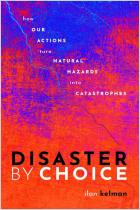
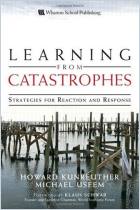

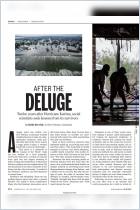
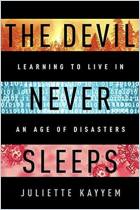
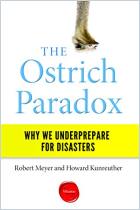

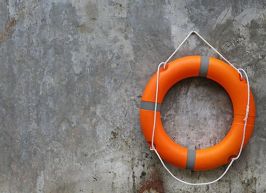



Comment on this summary